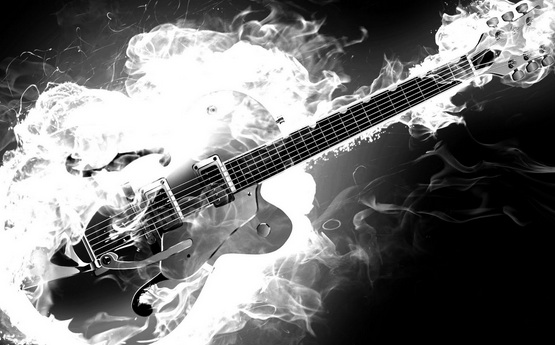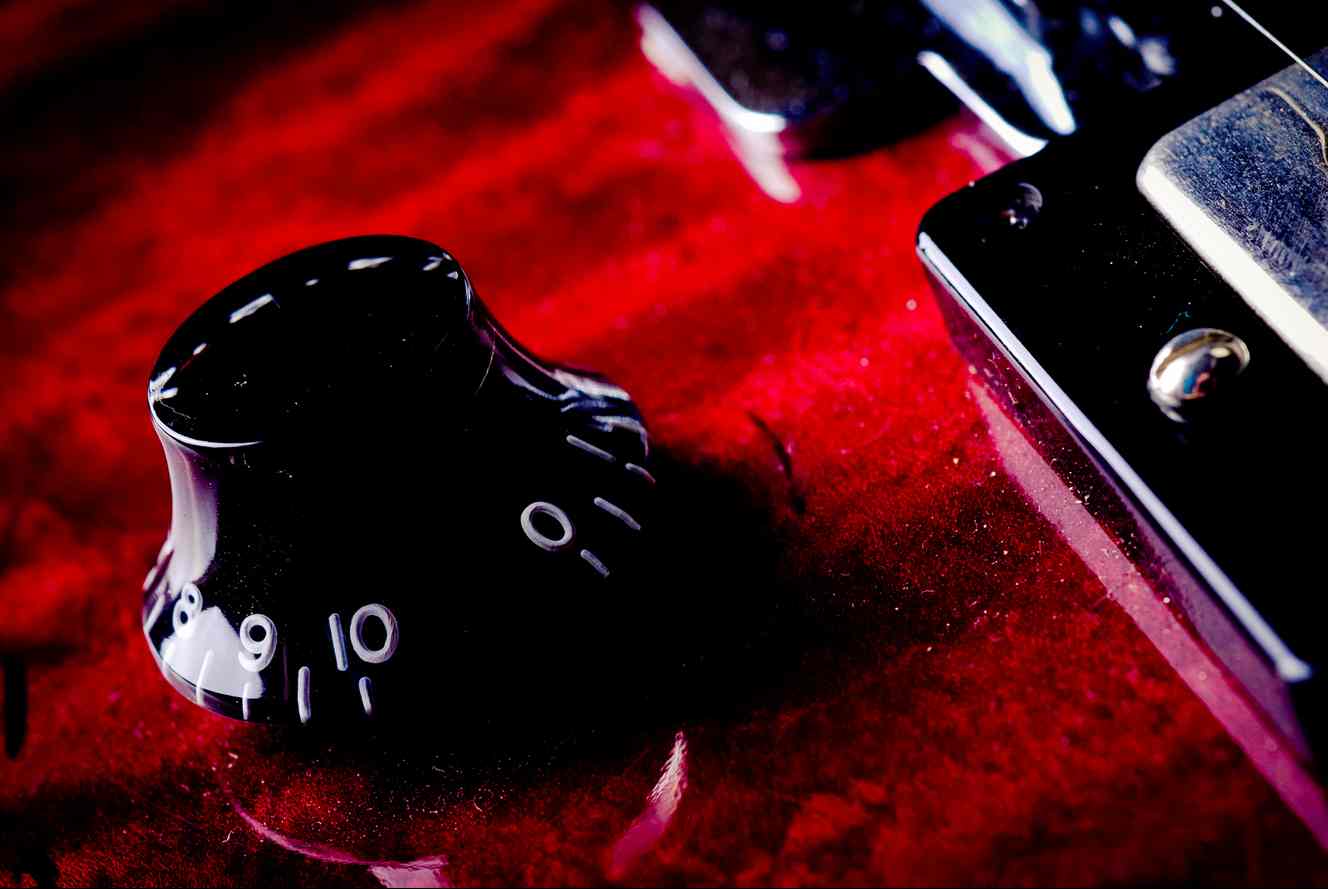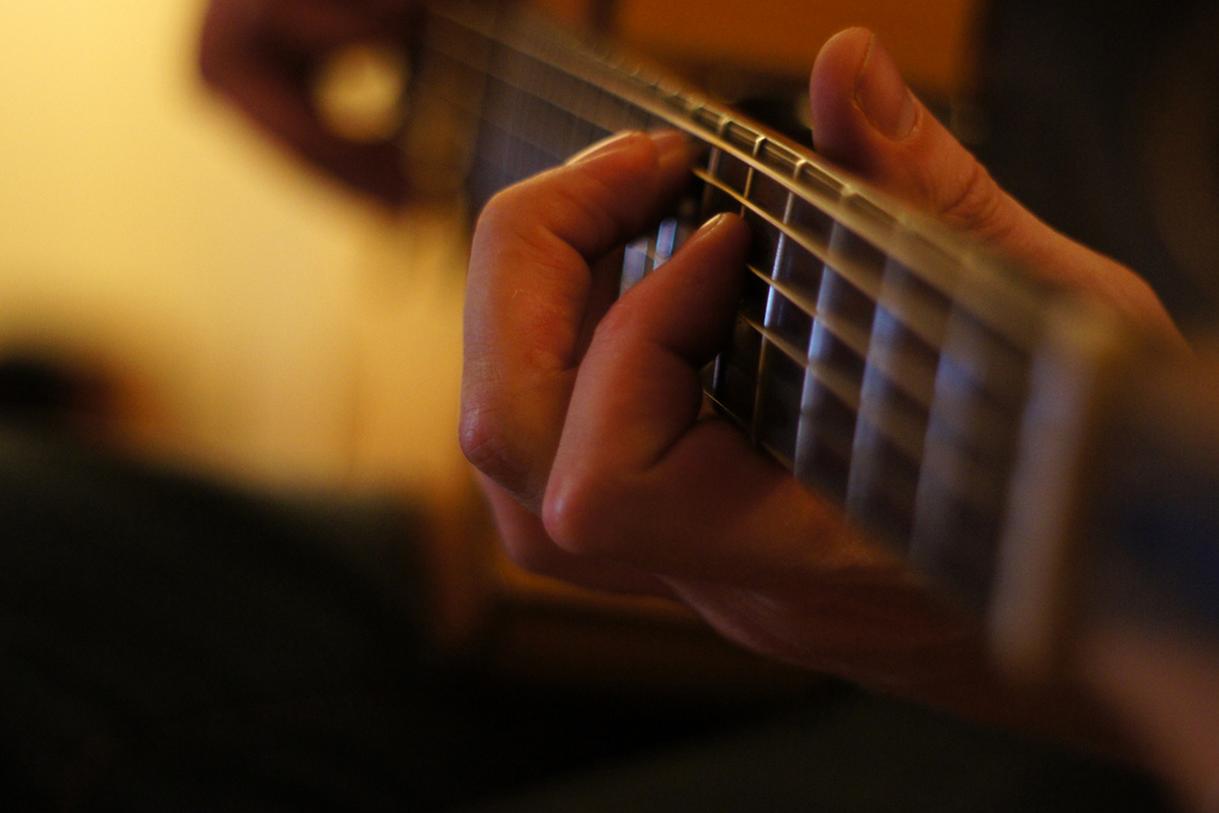Photo by Bigstock photo

That’s great if you start out with soloing, in fact it’s better to stay with that for a while to explore all the possibilities and to really be able to improvise with that one shape.
But after some time it’s good to get out that box and discover more of the world. Wouldn’t it be great to attain the freedom to use the entire fretboard for all your rock, blues, country and heavy metal soloing? It’s the next step to becoming a complete guitarist.
To expand your reach on the fretboard beyond the most popular pentatonic position #1 (E shape), you need to learn all five pentatonic positions, also known as shapes. If you haven’t learned the five pentatonic shapes yet check out: The Five Pentatonic Scale Shapes You Must Know
This post is to designed to give you some extra exercises (once you’ve learned the five shapes) to really get those shapes down.
Have fun!
Continue Reading
 The 1 2 3 4 exercise is a notorious warmup exercise that many skilled and famous guitar players have adopted in their regular workout.
The 1 2 3 4 exercise is a notorious warmup exercise that many skilled and famous guitar players have adopted in their regular workout. I like to incorporate one octave arpeggios into my improvisation solos, because of the way they sound and feel. I prefer them over 2 octave arpeggios.
I like to incorporate one octave arpeggios into my improvisation solos, because of the way they sound and feel. I prefer them over 2 octave arpeggios.